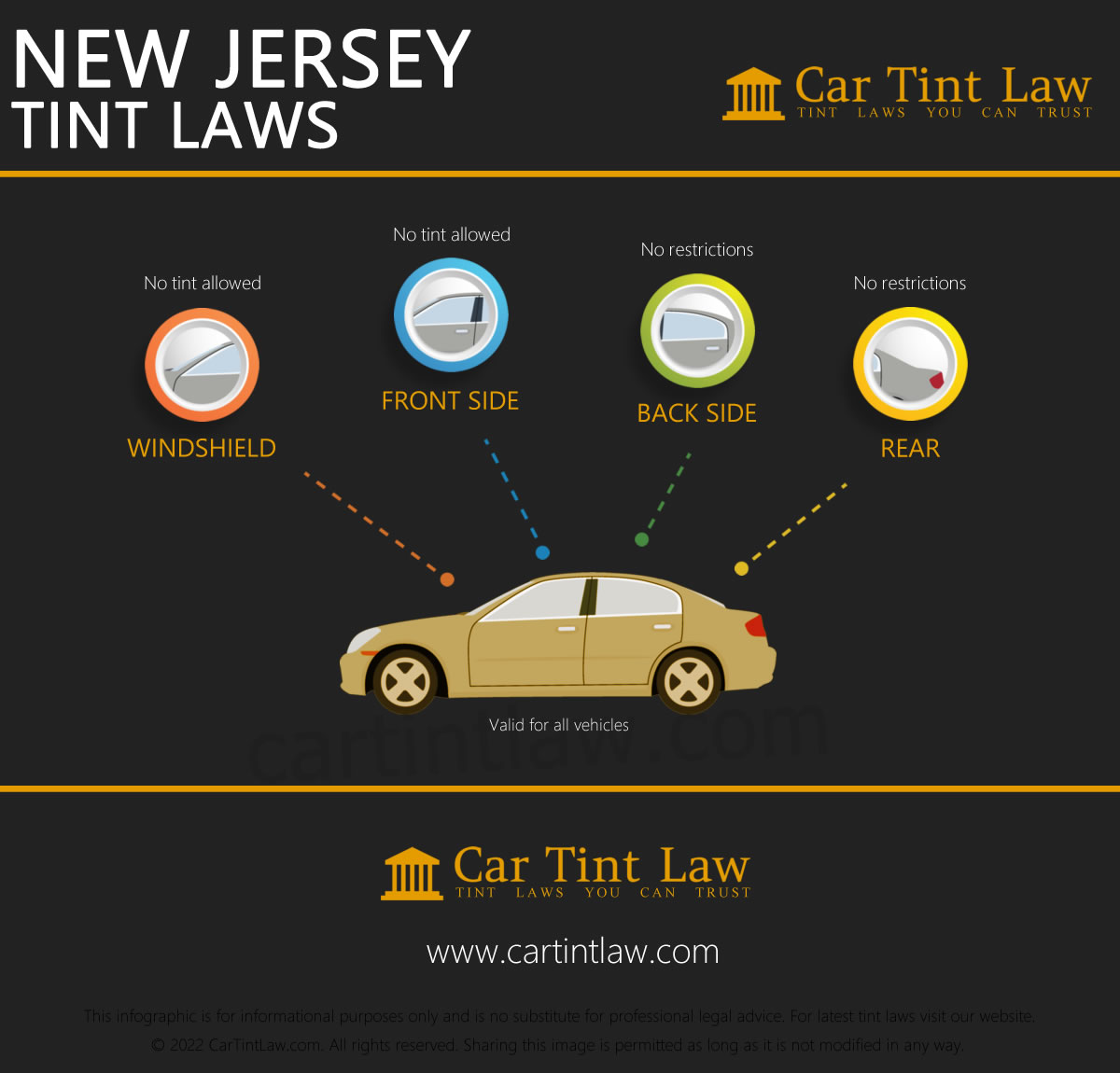Shades Across States: A Guide to Car Tinting Laws Nationwide
In our fast-paced world, personalizing and enhancing vehicles through car tinting has become a popular choice for many drivers. However, regulations surrounding window tinting can vary significantly from state to state, contributing to a patchwork of laws that can be confusing for motorists. Understanding the tinting laws by state is crucial for ensuring compliance with local regulations and avoiding potential fines or penalties. Let's embark on a journey across the nation to explore the diverse landscape of car tinting laws, providing you with a comprehensive guide to navigating this sometimes complex issue.
Overview of Tinting Laws
Tinting laws, which vary widely across states, regulate the darkness of window tinting on vehicles. These laws typically specify the acceptable visible light transmission percentage for different windows, including the front, back, and rear windows. Understanding these regulations is crucial to ensure compliance and avoid fines or penalties.
In some states, such as California and New York, tinting laws are particularly stringent, with specific requirements for how much light must be allowed to pass through the tint. On the other hand, states like Arizona and Texas have more lenient regulations, allowing for darker tinting in certain windows. It's important for vehicle owners to be aware of the laws in their state to avoid potential legal issues.
When considering tinting your car windows, it's essential to check the tinting laws in your state beforehand. Failure to comply with these regulations can result in citations, fines, or even having to remove the tint. Keeping up-to-date with the tinting laws can ensure that your vehicle remains in compliance with state regulations while also maintaining the desired level of privacy and UV protection.
Highlights of Specific State Regulations
California: California allows tinting only on the top 4 inches of the windshield, with a minimum VLT of 70% for front side windows and a maximum VLT of 25% for rear side and rear windows.
Texas: In Texas, the front side windows must allow over 25% VLT, while rear side and rear windows can have any darkness. However, reflective tint is not permitted.
New York: New York allows a VLT of at least 70% on the front side windows, while rear side and rear windows can have a VLT of 70% or darker. However, a total light transmittance of 70% is required for the windshield and front windows.
Tips for Compliance
- Researching and familiarizing yourself with the specific car tinting laws in your state is crucial to ensure compliance. Each state has its own regulations regarding the permissible levels of tint darkness on windows, as well as restrictions on which windows can be tinted.
 3. Avoid DIY tinting kits and opt for professional installation to ensure that the tint on your car windows meets the legal requirements. Professional installers are well-versed in state laws and can help you choose the right tint that complies with regulations.
3. Avoid DIY tinting kits and opt for professional installation to ensure that the tint on your car windows meets the legal requirements. Professional installers are well-versed in state laws and can help you choose the right tint that complies with regulations. - Regularly check and maintain your window tints to prevent them from fading or going beyond the legal limits. Over time, tint darkness can change due to exposure to sunlight and other factors, which may lead to non-compliance with state laws.